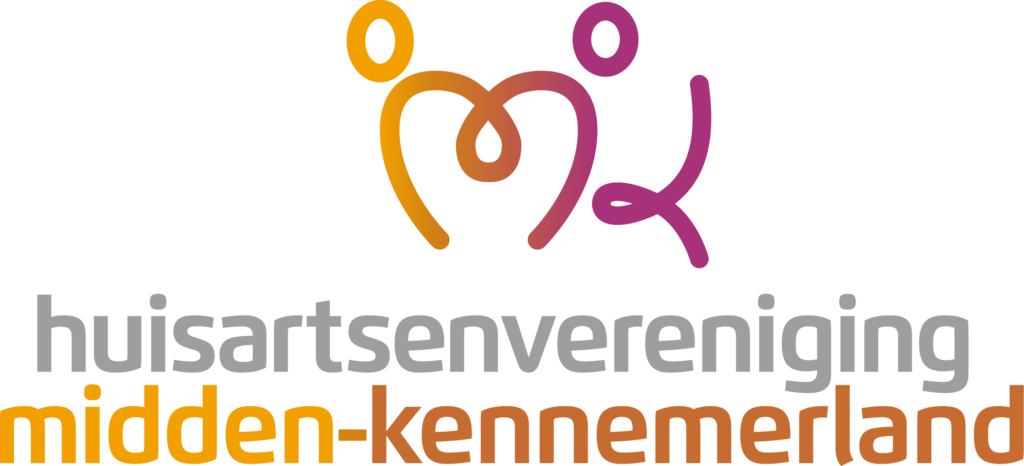Higher rankings mean more traffic to your site—and more traffic can lead to increased sales and revenue. In this guide, you’ll learn the essentials of each area, plus how to explore them further when you’re ready. There are many image editing tools and website plugins that make it easy to minimize your files without compromising quality. For example, the Personal Keyword Difficulty (PKD %) metric indicates how hard it’ll be for your website to rank in Google’s top 10 results for a given keyword.
Bring artificial intelligence to your SEO strategy
The primary goal of SEO is to drive organic (non-paid) traffic to a website by improving its relevance and authority in the eyes of search engines. SEO specialists (also called SEOs, or search engine optimizers) use keyword research, content creation, link building, technical audits, and more to improve organic search results. It’s their job to identify search-related strategies and tactics that generate more leads and drive more revenue for your business. Search engine optimization (SEO) is the practice of improving how content ranks in search results through keyword strategy, technical setup, and user experience.
Instead, you need to make strategic updates if you want to see a measurable impact on your traffic and rankings. You can think of these as “linkable assets” or “link bait” — content that is largely designed to get backlinks. If you run a marketing agency for example, you might analyze results across client accounts to identify trends — information your competitors don’t have.
That means that it’s worth my time to get this post to Google’s first page. Sure enough, according to Semrush, that keyword gets 4.4k monthly searches with a suggested bid of $6.13. Google evaluates your page partly on the quality and relevancy of that page’s outbound links. Considering that most Google searches are now done on mobile devices, readability is more important for SEO than ever before.
Assess Competitors’ On-Page SEO
You get SERP analysis, keyword research, and backlink insights. You could update outdated information, include missing keywords, or improve depth, and hopefully, you’ll see the traffic grow once again. The tool looks at search engine results pages and finds which keywords belong together.
Backlinks, or links to your site from other websites, are the third most important Google ranking factor. Backlinks from higher credibility sites are, of course, more valuable than those from lower credibility sites. The more high-quality backlinks you have, the higher you’ll rank. What actually constitutes quality, targeted, EAT-friendly, and SEO-optimized content?
If you're trying to rank for "best pizza near me" instead of "best pizza recipes," you need a tool that understands the nuances of local SEO. SE Ranking is an all-in-one SEO platform perfect for small to medium-sized businesses focusing on local search optimization. It hits that sweet spot of being both comprehensive and approachable—something that's surprisingly rare in the local SEO space. Below that, you'll see longtail variations organized by letter, followed by one more visualization for related terms. Just enter a topic, and you'll get evergreen topic concepts with engagement scores and linking domain stats, along with common questions related to the topic. Finally, you get suggestions for publishing times and social media platforms to share it on.
- These are just a few of the many reasons why you should try to make your websites SEO-friendly.
- One of the original free SEO tools, Xenu is a crawler that provides basic site audits, looks for broken links, and the other usual suspects.
- It helps you do more SEO work that moves the needle, and it's important to let the younger generation of SEOs learn by doing work that challenges them,” says Russell.
- That includes its internal training data and, depending on the engine, external sources like the web.
Moz Local Check Business Listing
Or if GA shows a page with tons of traffic but a high bounce rate, I can dig into the crawl data to see if the page loads slow. Again, without needing to switch between lots of different tools. I always integrate Google Analytics (GA4) and Google Search Console (GSC). Most of the time, I either run a full site crawl or focus on a specific list of URLs. It lets you track keyword performance, impressions, clicks, and average positions over time. I can see which topics or site sections bring in traffic, helping me plan my next steps and future content strategies.
These techniques violate search engine guidelines and are aimed at exploiting weaknesses in algorithms to achieve quick and often short-term gains. The most important topic that you need to learn in this SEO Tutorial is how does this SEO search optimisation works. SEO works by optimizing various elements of a website to make it more accessible to search engines, ultimately improving its visibility and ranking in search engine results pages (SERPs). An essential component of SEO is image optimization which greatly improves user experience and boosts search engine rankings. They give you direction on how to connect you with your audience. And, if implemented correctly, you can use keyword-optimized content to connect with your audience when they are ready to make a purchase.
Sessions from organic search (organic traffic) is a key indicator of the success of your SEO efforts. It’s natural to add links to old blog posts SEO Anomaly in your new blog posts, but you should also go back into old blog posts and add in links to new posts. In other words, SEO works like a complex feedback system—to surface the most accurate, trustworthy, and relevant results for any given search using input from you, Google, and searchers. Your role is to produce content that satisfies Google’s experience, expertise, authority, and trust requirements (E-E-A-T), which satisfy its searchers’ requirements. If search engines literally can't find you, none of the rest of your work matters.



